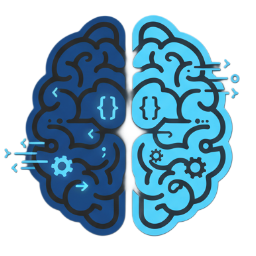It Started with a Photo
Picture this: You’re wandering through a weekend market, coffee in hand, when you spot something that stops you in your tracks. For me, it was an elderly craftsman demonstrating an ancient strategy game on the most beautiful leather board I’d ever seen.
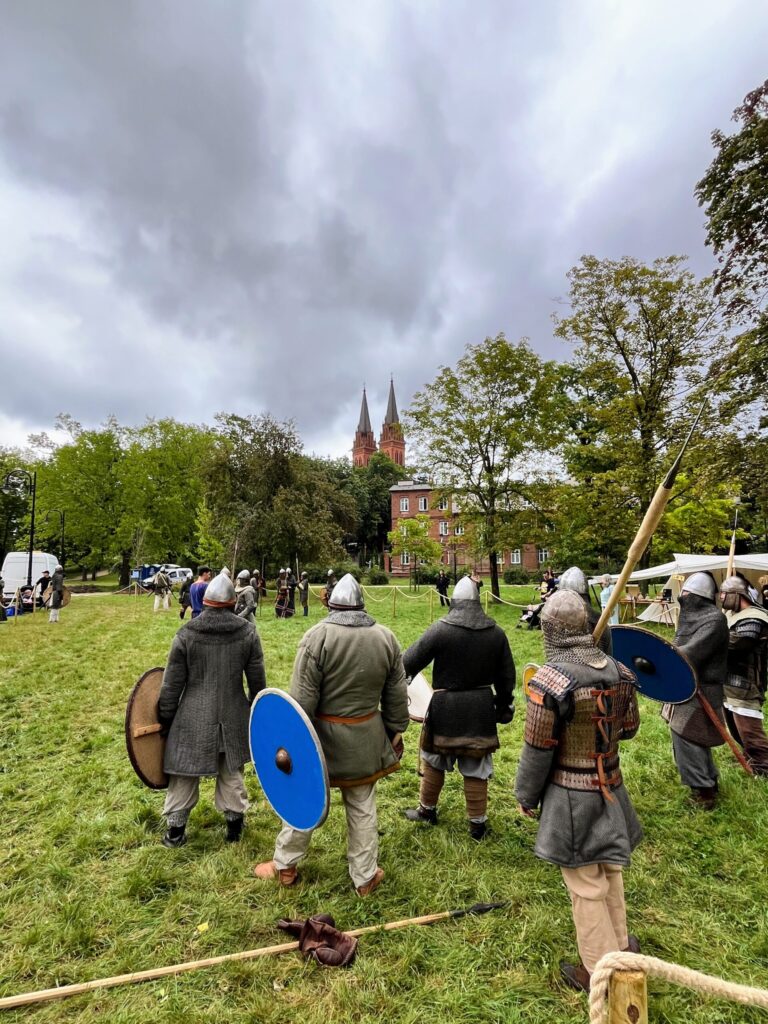
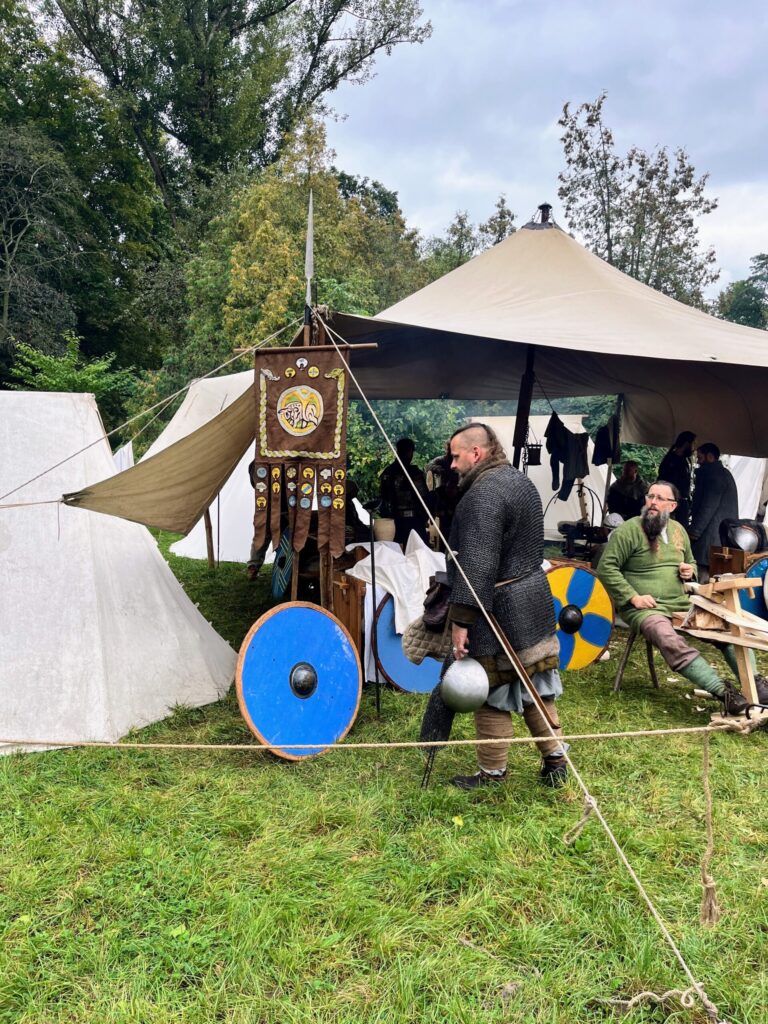
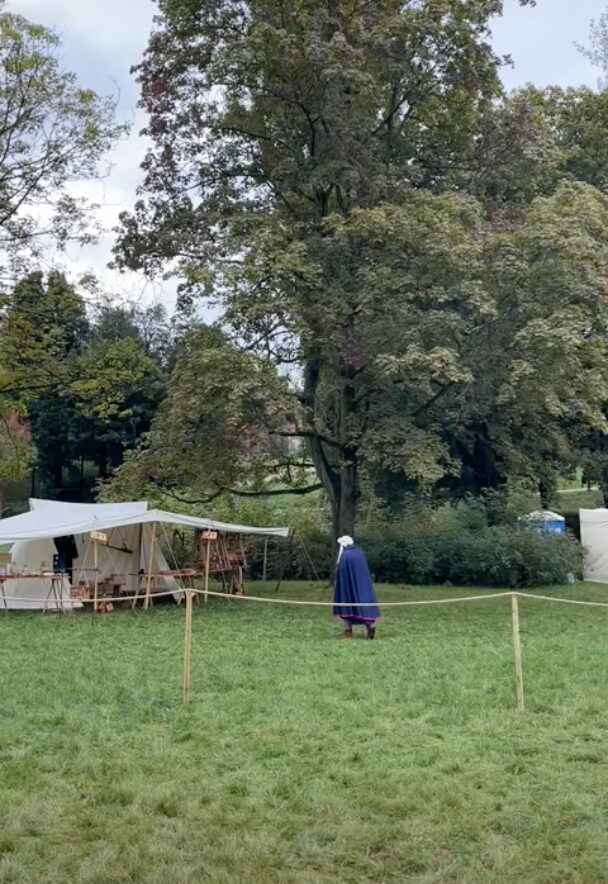
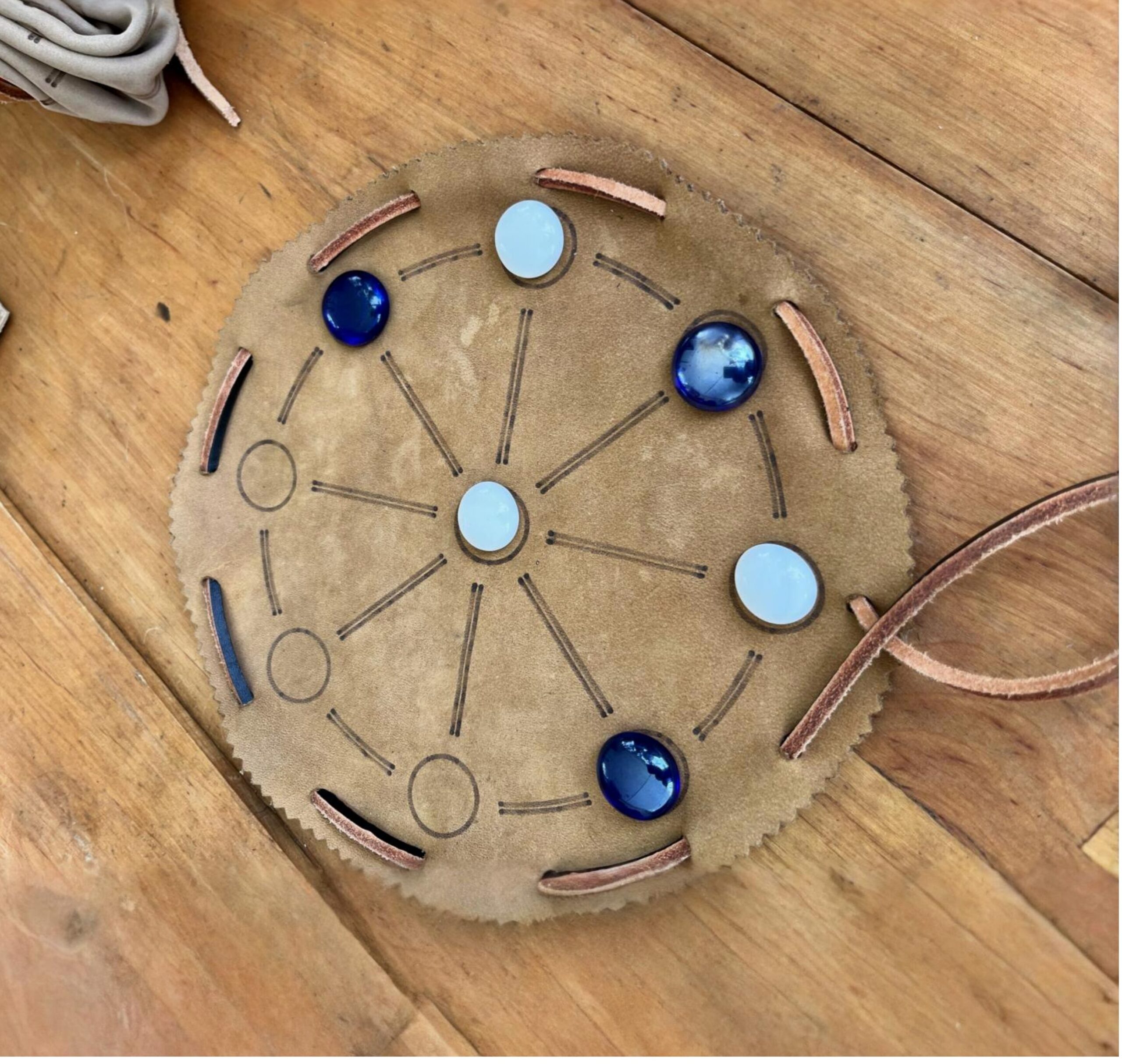
The game was called “Three in Line”- deceptively simple, yet I watched players furrow their brows in concentration as they moved polished stones across a circular board. There was something magical about the tactile experience: the worn leather, the satisfying click of stones, the quiet intensity of strategic thinking.
I did what any curious person would do in 2024 – I pulled out my phone and snapped a photo. “This is cool,” I thought, “I should remember this.”
What I didn’t expect was that this single photo would become the starting point for a complete digital game, built in just one afternoon using AI as my coding partner.
The “What If” Moment
Back home, staring at the photo on my phone, a wild idea struck me: What if I could recreate this experience digitally? Not just the game mechanics, but the feeling – the beautiful board, the strategic depth, the satisfaction of a well-played move.
In the past, this would have been a weeks-long project. Learning the rules, designing the interface, coding the logic, testing, debugging… But this is 2024, and I had something previous generations of developers could only dream of: AI that could actually help me build things.
So I decided to try an experiment: Could I go from a single photo to a playable game using nothing but AI assistance and a few hours of my time?
The Magic Begins: Talking to AI About Games
I opened ChatGPT, uploaded my photo, and typed: “Do you know the rules of this game?”
What happened next felt like magic. The AI immediately recognized it as a variant of an ancient strategy game, but it needed some clarification. Through a simple conversation – just like talking to a knowledgeable friend – we figured out the exact rules:
“So it’s like Nine Men’s Morris, but with only 3 pieces per player?”
“Yes, and the board is circular, not square.”
“And all the outer positions connect to the center?”
“Exactly!”
Within minutes, I had a complete rule set. But here’s where it gets interesting – I didn’t just want the rules. I wanted to build this thing.
“Can you help me create a plan to build this as a web game?” I asked.
The AI didn’t just say “sure” – it gave me a detailed roadmap. What technologies to use, how to structure the code, what features to implement first. It was like having an experienced developer sitting next to me, planning out the entire project.
From Idea to Reality: The Four Magic Prompts
This is where things got really exciting. I opened up Windsurf (an AI-powered coding environment) and started what I now call “The Four Magic Prompts” – four conversations that took me from nothing to a fully working game.
Conversation 1: “Build me the basic game”
In one prompt, I described what I wanted. The AI understood and created the entire foundation: a circular board, game pieces, turn management. I could click and play immediately.
Conversation 2: “Make the game logic work properly”
I asked for the placement and movement rules. The AI added the two-phase gameplay, win detection, everything. The game was now fully functional.
Conversation 3: “Add visual feedback and polish”
“Show me which moves are valid, highlight selected pieces, make it feel responsive.” Done. The game now felt professional.
Conversation 4: “Make it beautiful”
“Give it a modern design, make it mobile-friendly, add some style.” The AI transformed my functional game into something that looked like it belonged in an app store.
Four conversations. Maybe 30 minutes total. I had a working game.
But I wasn’t done yet.
Making It Feel Real: The Artist Meets the Coder
Remember that photo I took? I wanted to bring that beautiful leather board into my digital game. This is where creativity met technology in the most satisfying way.
I used an AI image editor to clean up my photo – removing the game pieces, adjusting the lighting, making it perfect for a digital background. Then I fed it back into my game. Suddenly, my digital creation had the soul of that craftsman’s board.
But why stop there? I created multiple themes: the original leather board, a clean modern design, and a rustic wooden version. Players could choose their favorite.
Then came the AI opponent. Because what’s a strategy game without a worthy adversary?
I asked my AI coding partner: “Can you create a computer player that’s actually challenging?”
Not only did it create one AI opponent – it created two difficulty levels. The “Medium” AI that thinks one move ahead, and the “Expert” AI that plans several moves in advance and actually gave me a run for my money.
The Polish: Making It Shine
The game was functional and beautiful, but I wanted it to feel complete. This meant:
Sound Effects: Every move needed that satisfying audio feedback. The AI helped me implement a sound system with the option to turn it off (because not everyone appreciates game sounds during meetings).
Mobile Magic: The game needed to work perfectly on phones. The AI optimized the entire interface for touch screens, making sure everything was finger-friendly.
Performance: No lag, no glitches, no awkward layout shifts. The AI helped me optimize every detail for a smooth experience.
Going Live: Finally, I wanted to share this with the world. Domain setup, server configuration, analytics – the AI guided me through making this a real, live website that anyone could visit and play.
The Numbers That Amazed Me
When I stepped back and looked at what we’d accomplished, I could hardly believe it:
- Total time: 3-4 hours from start to finish
- AI conversations: About 15 back-and-forth exchanges
- Lines of code: Around 2,000 (all generated through conversation)
- Features: Full game logic, computer opponent, multiple themes, sound effects, mobile optimization
- Cost: Essentially free (just the AI subscription I already had)
But the most important number? Infinite fun. I’d created something that brought joy – to me, and to everyone I shared it with.
Why This Matters (And Why It’s Just the Beginning)
This isn’t just a story about building a game. It’s about what becomes possible when AI becomes your creative partner.
The Old Way: Idea → Learn to code → Spend weeks building → Maybe finish
The New Way: Idea → Conversation with AI → Working prototype in hours → Polish and share
The barrier between “I wish this existed” and “I built this” has essentially disappeared.
But here’s the thing that surprised me most: The AI didn’t replace my creativity – it amplified it. Every decision about how the game should feel, look, and behave came from me. The AI was like having the world’s most patient and knowledgeable coding assistant, ready to turn my ideas into reality instantly.
The Real Magic
As I write this, people around the world are playing the game that started as a photo on my phone. They’re experiencing the same strategic joy I felt watching that craftsman at the weekend market, but now it’s accessible to anyone with a web browser.
That elderly gentleman probably never imagined his traditional game would live on in the digital world, created through a conversation between a human and an artificial intelligence. It’s a beautiful bridge between old and new, tradition and innovation.
The future isn’t about AI replacing human creativity – it’s about AI helping us bring our wildest ideas to life faster than ever before. All you need is curiosity, a willingness to experiment, and the courage to ask: “What if?”Try the game yourself
What would you create if you could go from idea to reality in just a few hours? The tools are here, the possibilities are endless. All you need is that first spark of inspiration -maybe it’s hiding in a photo on your phone right now.
For the Curious: How It Actually Works
If you’re wondering about the “magic” behind AI-assisted development, here’s the simple truth: it’s all about conversation.
Modern AI tools like ChatGPT and Claude don’t just generate code – they understand context, remember what you’re building, and can iterate on ideas just like a human collaborator would. You describe what you want in plain English, and they translate that into working code.
The key is thinking of AI as a partner, not a tool. You bring the vision, creativity, and decision-making. The AI brings the technical knowledge and the ability to implement ideas instantly.
It’s not magic – it’s the future of how we’ll build things. And that future is available right now, to anyone curious enough to try it.
This article was written by a human who believes the best technology amplifies human creativity rather than replacing it. The game mentioned was built through genuine AI collaboration, and every detail shared here actually happened.
